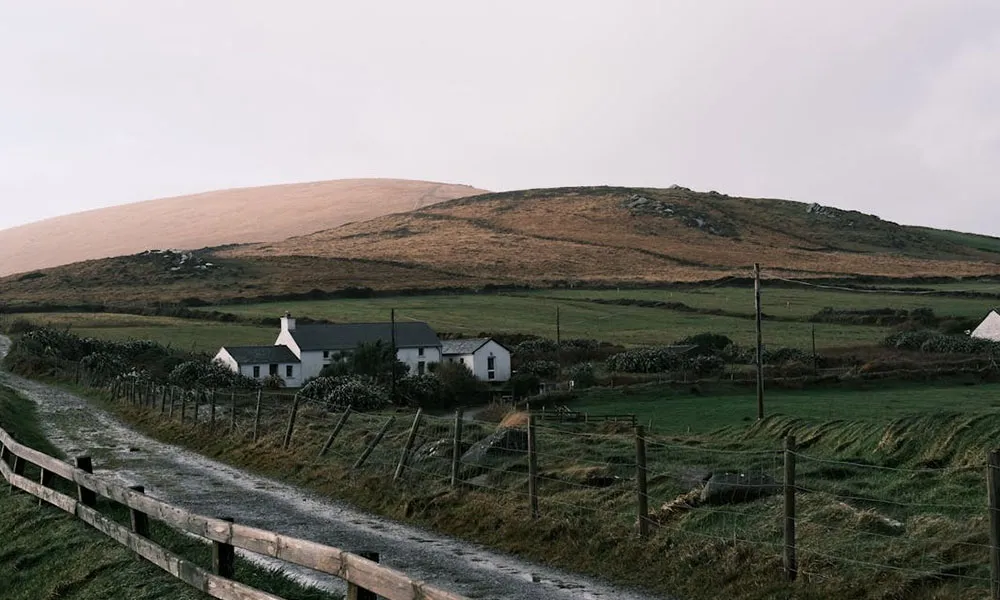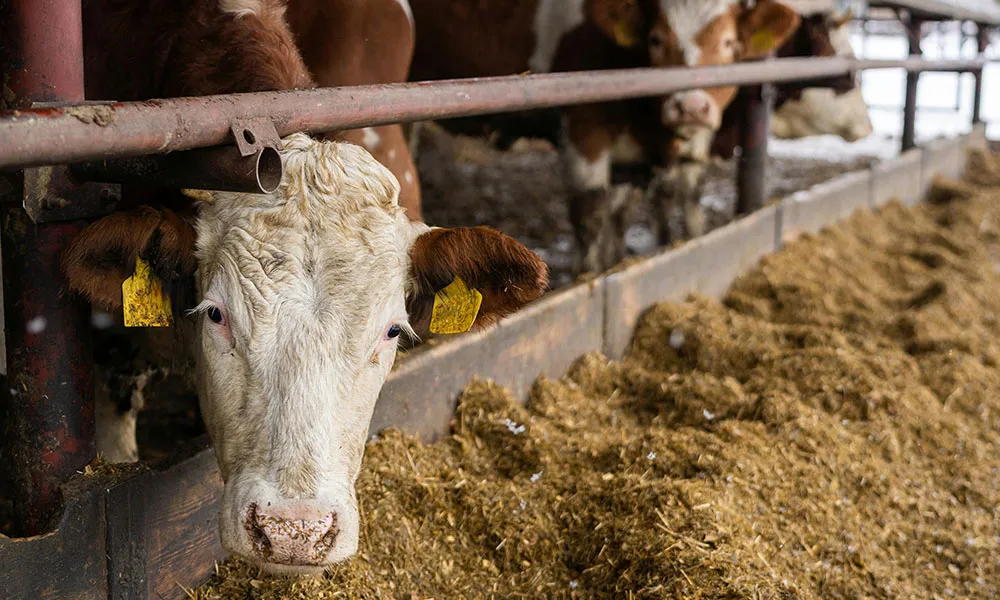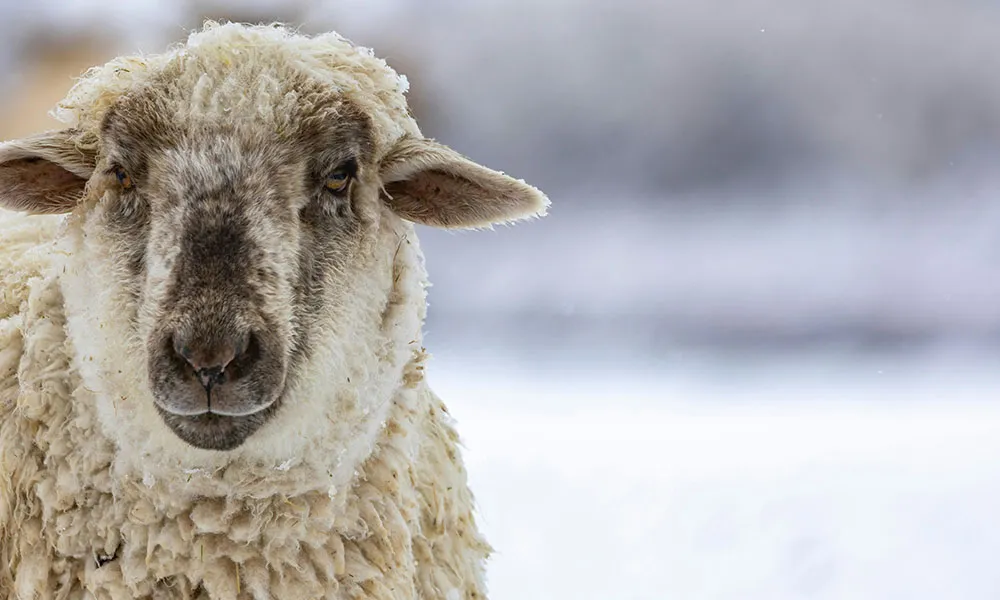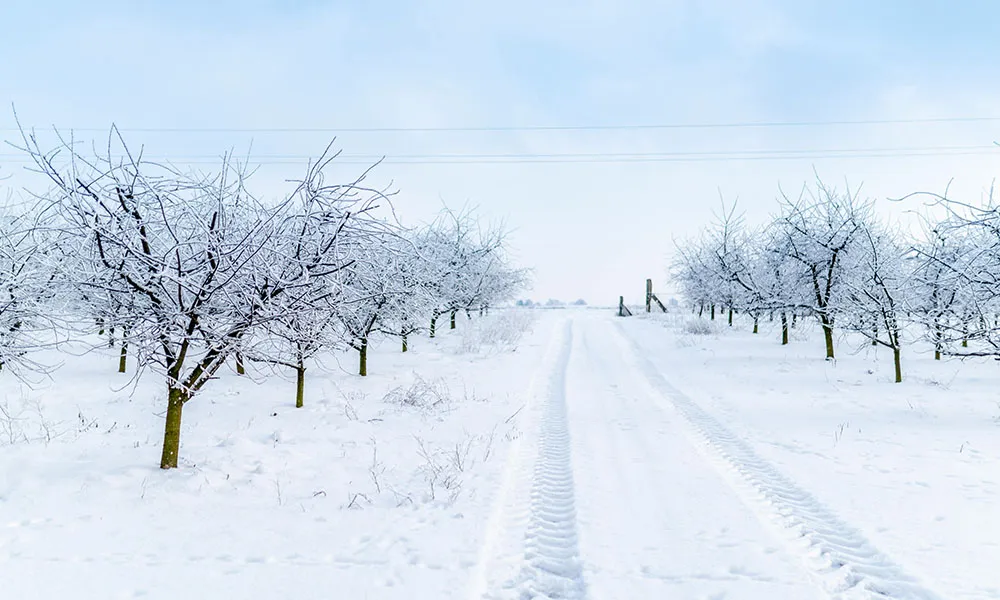
Winter chill
Winter is not far off now. Temperatures plummeted over the last couple of weeks, and some recent nights have had a distinctly wintry feel. Over the next month or so, we can expect conditions to deteriorate further, with increased rainfall and colder air sweeping across the country. On the farm, this seasonal change brings with it several new threats. One of these is the risk of pneumonia in livestock. Farmers should be particularly mindful of this danger, as it can kill quickly and leaves few outward signs for a post-mortem.
Sheep
Sheep, since they will often remain outdoors throughout the season, are vulnerable. Some of the terminal breeds, in particular, are susceptible to developing pneumonia during the long winter nights. Most sheep farmers will have to deal with a case of two of pulmonary infection during the winter months, so it’s really important that we are aware of the early signs. Pneumonia need not be fatal if caught in time. In fact, if addressed early, the animal has an excellent chance of making a full recovery.
Pneumonia: what causes it
Pneumonia is a term applied to infection of the lung and it has multiple causes. In the case of lambs or hoggets, various bacteria, parasites and viruses of the respiratory tract may be responsible for infection developing. In adult sheep, a systemic virus called Ovine Progressive Pneumonia (OPP) is often a contributing factor.
At any rate, there are certain environmental conditions that increase the likelihood of an animal developing pneumonia. As already alluded to above, cold nights are a major aggravating factor, especially if they are followed by warm, humid days. High stress levels and poor sanitation may also contribute to the development of infection.
It is unwise to think that housed animals are not at risk from developing the disease too. Overcrowded houses are a major hotbed for pneumonia, particularly if ventilation is poor. If you are housing sheep or cattle this winter, it is important to make sure that there is always plenty of clean air circulating. Try to keep the dust count as low as possible to avoid pressuring the lungs.
Is pneumonia contagious?
It is a question that troubles a lot of new farmers. And the answer is – maybe. This depends on what caused the infection in the first place. If pneumonia developed from a parasite such as lungworm, or a virus like OPP, then there is a good chance that more than one animal will develop infection. On the other hand, if pneumonia developed due to climactic or environmental conditions – such as cold air or cramped, dusty housing – it is unlikely to become endemic (as long as you rectify these conditions for the rest of the flock!). If you have a vet treat an animal for pneumonia, always ask for an assessment of the cause. This will save you a lot of time worrying about it becoming a widespread problem.
What are the symptoms?
The earliest symptom of pneumonia is a general dullness and loss of appetite. The animal will be less active and alert than usual, often with drooping ears and an apparent inability to cud. Sluggish movements and response times should set alarm bells ringing. As the condition progresses, fever and coughing are common signs of pulmonary infection. A rectal temperature of over 37.4 degrees may be a strong indicator. You should also watch out for laboured breathing and a thick, whitish discharge from the nose.
How to treat it?
Typically, a vet will recommend a course of antibiotics once a diagnosis of pneumonia is made. These will help in the case of bacterial pneumonia. If infection occurs during cold weather, the animal should be isolated indoors, in a dry, comfortable space and given plenty of good feed and access to water. If they begin to recover, their appetite will return.










